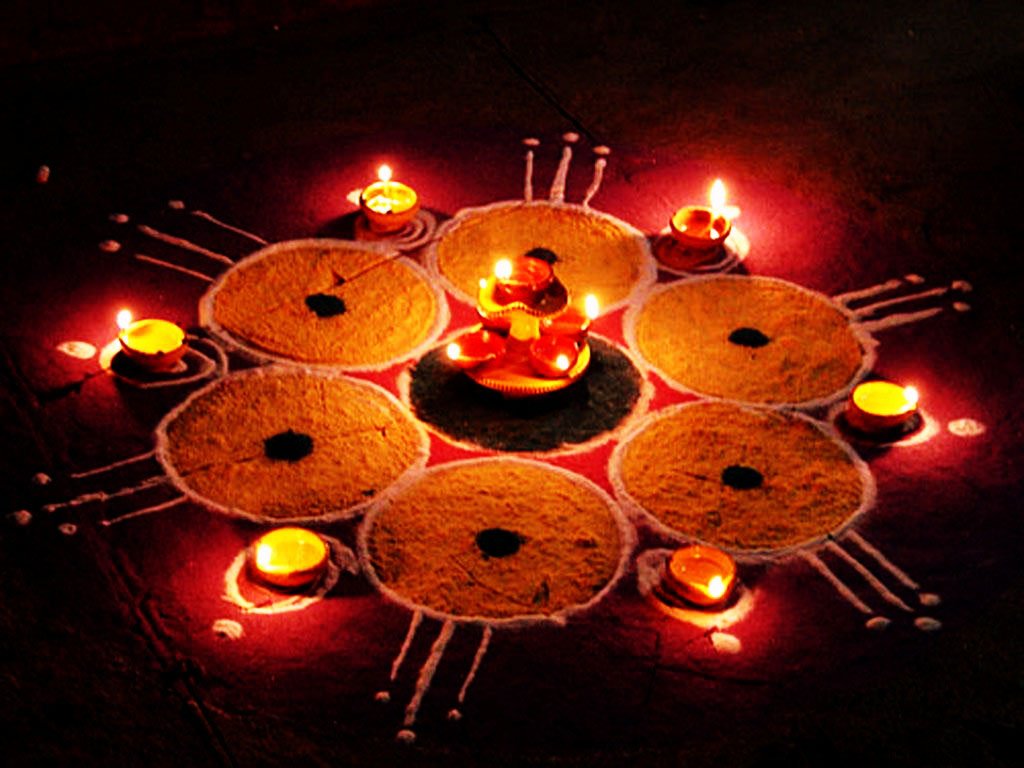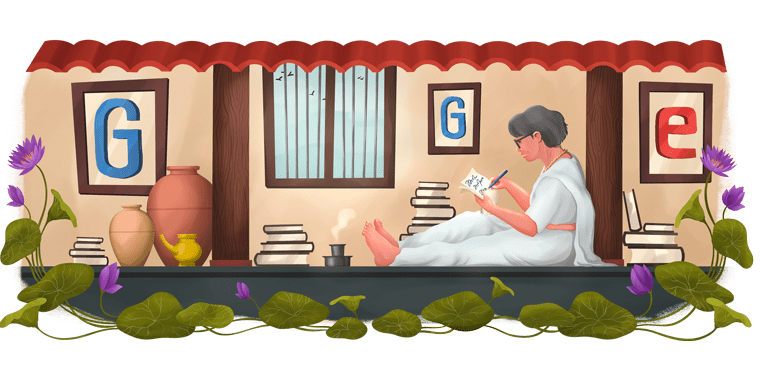Diwali is just round the corner and all of us are thinking of innovative ways to decorate our homes. Most of us are on a shopping spree these days to buy bandanwaars or torans (door hangings), fairy lights, garlands of flowers, and of course colours for making rangolis.
Rangoli-making is an important ritual of Diwali. We spend days searching for that perfect design which will adorn our doorsteps. How about giving that old rangoli a twist this Diwali? Presenting, the classic Kumaoni mural art—‘Aipan’.
https://www.instagram.com/p/Bpvt5pzBeFl/?utm_source=ig_share_sheet&igshid=f0vpi88rwr9e
Derived from the Sanskrit word arpan (offering), aipan is an age-old traditional art of Uttarakhand. Pahaadis decorate their courtyards and aangans with aipans, as they believe that doing so brings positive energy and invites good luck to their homes. Aipan is not specific to any festival. It is made on auspicious occasions such as marriages, jenayu ceremony, and during hawans.
https://www.instagram.com/p/Bplw3i2BPDJ/?utm_source=ig_share_sheet&igshid=c5odeuqbhh8t
So, how is it made? In villages, where this art form originated, Aipan is made directly on the mud thresholds and walls of the home. But no need to worry. You can easily make it in your homes too. The background of an aipan is red clay, called geru. The geru is smeared and spread over the area where the aipan is to be prepared. After the background dries up, beautiful patterns are made using paste made from rice flour. One of the most popular and basic motifs is the feet of Goddess Lakshmi.
https://www.instagram.com/p/BnyjOmWF8a2/?utm_source=ig_share_sheet&igshid=28t3jmjpo7h9
Anjali Joshi, the owner of Instagram handle @hitomyarapahaad, tells us that the designs and patterns of an aipan are not random. They have certain symbolic significance.
https://www.instagram.com/p/BpoCl5-HqN3/?utm_source=ig_share_sheet&igshid=27m8oexaqi3s
“For instance, the dots represent money (coins). So, making them is symbolic of Diwali bringing riches to a household,” says Joshi. She adds that the aipan feet of Goddess Lakshmi are made to welcome the deity to their homes.
Savita, who goes by the name @aipan_enthusiast on Instagram, is an aipan artist. According to her, making aipan is a daily ritual in Kumaoni villages, something similar to the South Indian rangoli. “For every pooja, there is a different pattern,” says Savita, whose artworks, apart from being loved by Pahaadis, are also popular with people from Punjab and West Bengal.
https://www.instagram.com/p/BmypuNkAQjL/?utm_source=ig_share_sheet&igshid=bvrberg71rn0
Traditionally, an aipan is made by directly dipping one’s fingers in the rice flour paste and applying it over geru. Today, brushes are also used to make fine geometrical patterns. Although aipan is primarily made on floors and walls, artists these days have taken this art form to design vases, bed sheets, totes, bookmarks, and souvenirs.
https://www.instagram.com/p/BpTqdHhl9_E/?utm_source=ig_share_sheet&igshid=rr772aanm27l
This traditional art has been developed and is now being preserved by the Kumaoni women. “I learnt this from my mother. Diwali is never complete without aipan, you know,” says Srishti Choudhary, who hails from Uttarkhand and makes an aipan every Diwali.





So very well written 👍😊
Excellent post! I appreciate the effort you put into explaining this topic. To delve deeper on How to create kundan rangoli at home with step by step process on youtube, click here.
Thank you. Will surely watch your video.